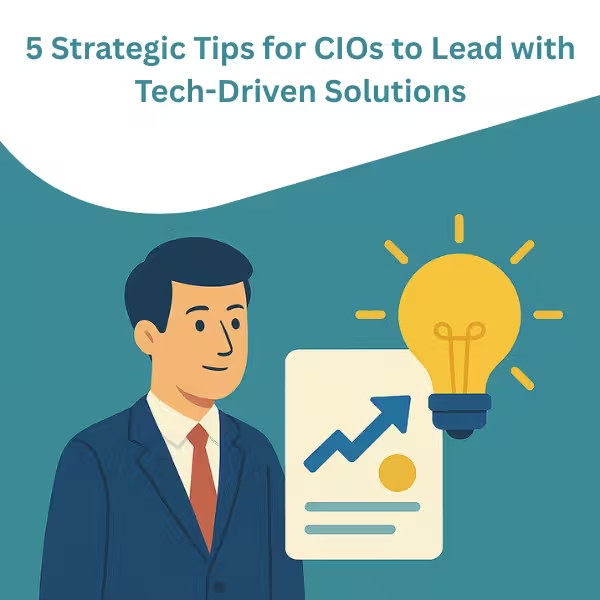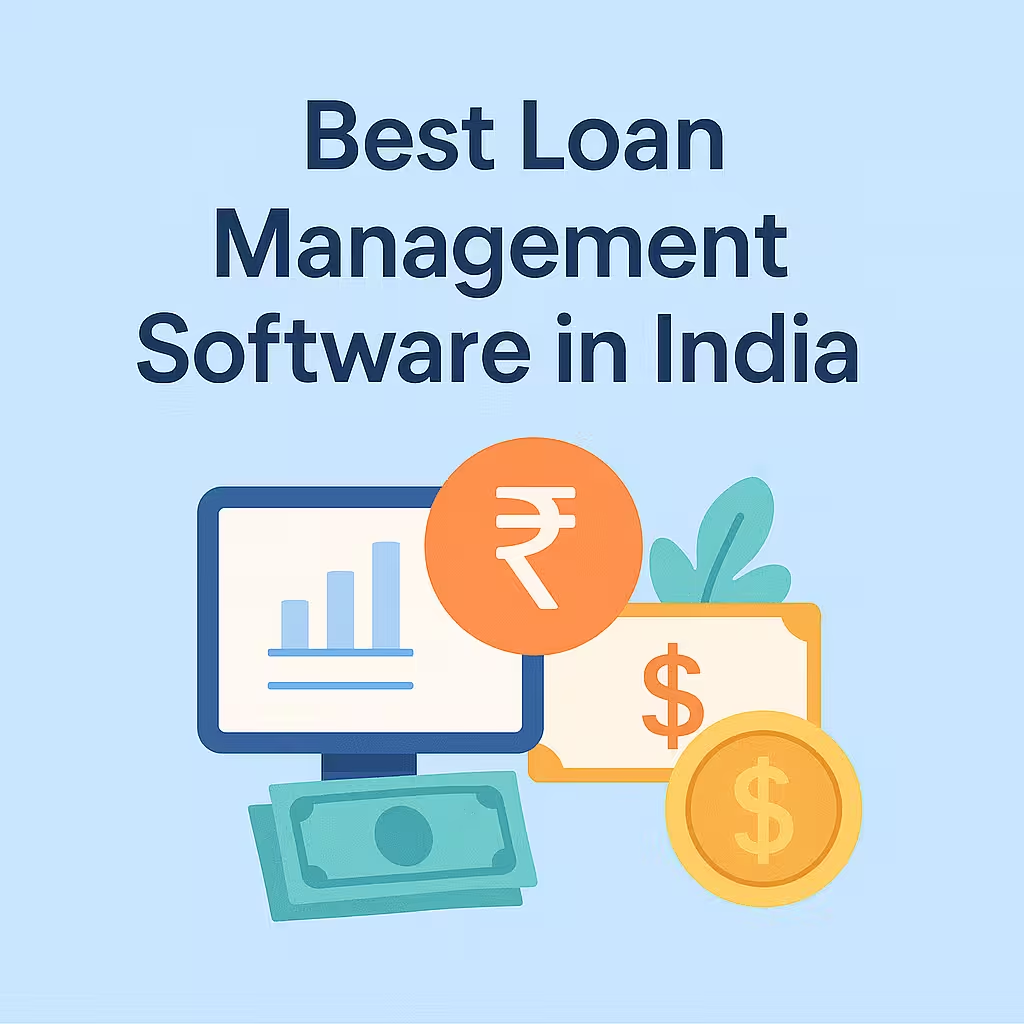
In today’s digital age, the role of a CIO has evolved far beyond managing IT infrastructure and support tickets. Modern CIOs are now expected to drive business with business strategy tips for CIOs adopting technology innovations, lead innovation, and deliver measurable results. But shifting from a traditional support role to a strategic leadership position isn’t just about mindset. It’s about using tech-driven solutions to create real value.
Here are 5 steps for CIOs to become strategic leaders in tech companies, especially within professional services and other fast-paced industries.
1. Think Like a Business Leader, Not Just a Tech Expert
Many CIOs have a deep understanding of technology... but to move into a strategic role, you need to think in terms of business outcomes. That means aligning IT initiatives with revenue goals, cost control, client satisfaction, and market differentiation.
Ask yourself:
- How can technology help the business win more clients?
- How can we use data to improve decision-making?
- What tech investments will support long-term growth?
By focusing on the business impact of your projects, you’ll gain a seat at the strategy table, not just in the server room.
2. Invest in Scalable, Tech-Driven Solutions
One of the most effective ways for CIOs to become strategic drivers is by adopting tech-driven solutions that scale. Whether you're implementing cloud-based ERP, AI-driven analytics, or workflow automation tools, the goal should be to free up resources and streamline operations.
For professional services firms, this could mean:
- Automating billing and invoicing
- Integrating CRM with project management tools
- Using data to forecast demand or allocate talent more efficiently
Scalable technology reduces the burden on support teams and shifts the CIO’s focus to growth, agility, and value creation.
3. Promote Cross-Department Collaboration
A strategic CIO doesn’t just work with the IT team… they partner with every department. From HR to marketing to finance, each function has unique needs that can be enhanced with the right technology.
Create regular touchpoints with other department heads to identify pain points and propose solutions. For example:
- HR might need help digitizing employee onboarding
- Sales may want better lead tracking
- Finance could benefit from real-time reporting tools
This kind of collaboration transforms IT from a background function into a forward-driving force across the business.
4. Use Data to Drive Smarter Decisions
Strategic CIOs understand that data is a powerful currency. One of the best CIO tips is to champion data-driven decision-making across your organization.
Start by ensuring that the company has a single source of truth… an integrated system that pulls in data from all key areas. Then, build dashboards that provide leaders with real-time insights.
Some valuable uses of data in professional services include:
- Measuring client satisfaction trends
- Tracking project profitability
- Predicting resource bottlenecks
When IT leads the way in turning raw data into actionable insight, the business sees technology as a core enabler of strategy.
5. Focus on the Customer Experience
Ultimately, every strategy should lead back to the customer. CIOs who adopt a customer-first mindset are better positioned to shape business strategy.
Look for ways technology can directly improve the client experience:
- Offer self-service portals or mobile apps
- Enable faster response times through AI chatbots
- Use automation to reduce errors and improve delivery timelines
Clients may not see your systems, but they’ll feel the results. The more you focus on creating seamless, tech-enabled experiences, the more strategic your role becomes.
Final Thoughts
The journey from support leader to strategy driver takes intention, collaboration, and the right tools. These 5 steps for CIOs to become strategic leaders in tech companies are a starting point, but the real magic happens when you begin to think of IT not as a cost center, but as a source of innovation, efficiency, and growth.
With the right tech strategies for CIOs to enhance business transformation, CIOs can transform how professional services firms operate, compete, and serve their clients.
It's time to lead from the front… not just with tech knowledge, but with bold, business-first thinking and key strategies for CIOs to elevate their role in business strategy.

